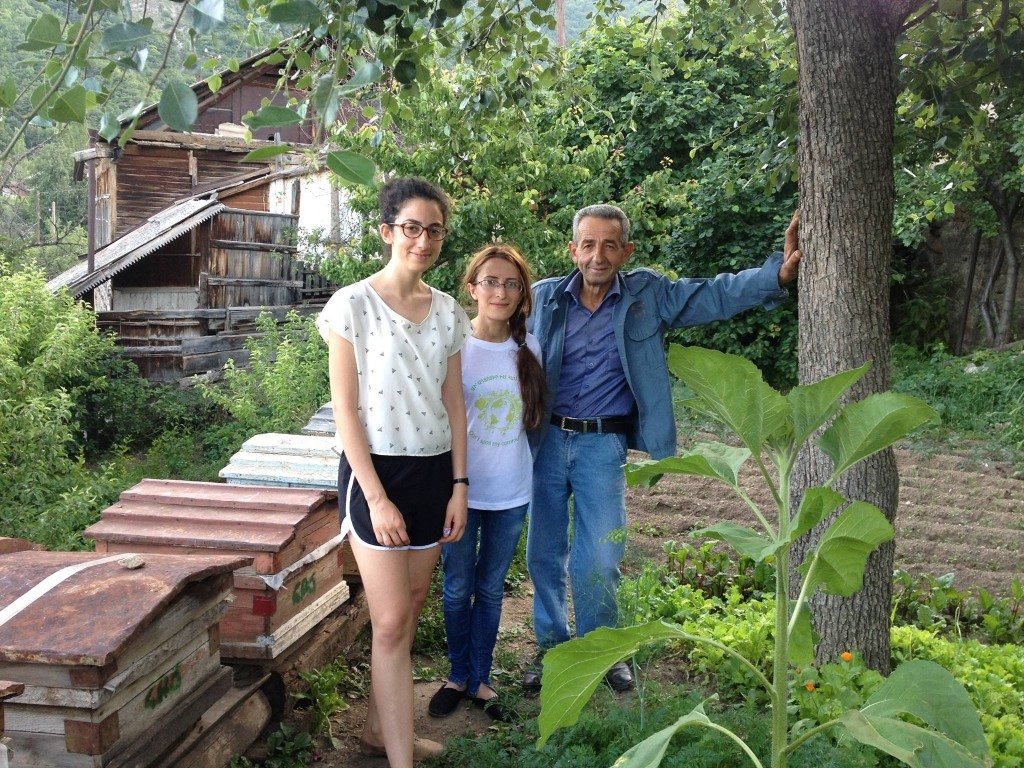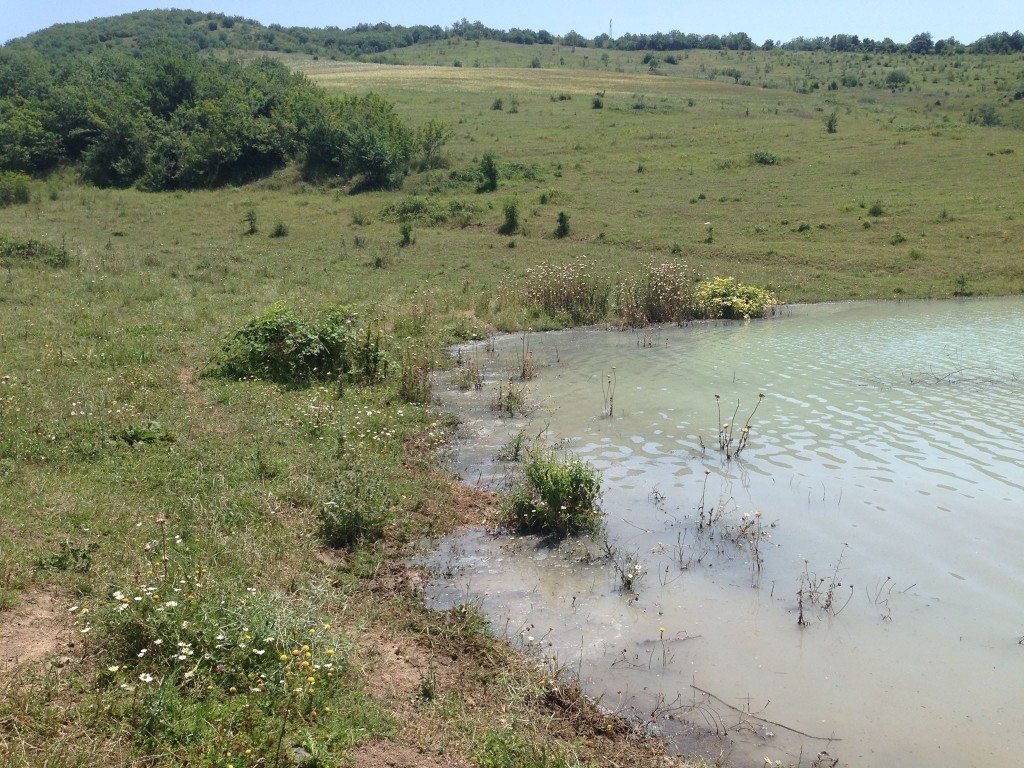Special for the Armenian Weekly
“For young people, donating money is ineffective,” said Lia Soorenian, 22, a recent graduate I met volunteering in Armenia. “I don’t believe in armchair donations.”

Her point was not that financial assistance had no role to play—just that much more needs to be done. Money must be coupled with active engagement if it is to be effective, she insisted.
“You really need to know where exactly the money is going,” she explained. “When you’re living abroad and the project is halfway across the world, that information can often be miscommunicated.”
A growing number of young diasporans seem to share this sentiment. Whereas the narrative of the past centered on relief and material assistance to the homeland, a new generation is shifting its focus toward getting involved directly in the country.
Soorenian herself was in Armenia to work on a micro-development project with the Pan-Armenian Environmental Front (PAEF). While earning her Bachelor’s in environmental and urban studies from Bard College, she came across the activism of PAEF and followed their activities online. She eventually e-mailed them to ask how she could get involved.
A few messages and Skype discussions later, and she was heading to the southern Armenian village of Lichk to help families affected by mining find alternative sources of income.
“We agreed on starting an eco-project centered on bee production,” she said. “I started looking for financing opportunities and ended up winning a Davis Project for Peace award through my school. I came to Armenia and oversaw its implementation throughout this summer.”
A total of seven families were given six beehives each, as well as toolkits, uniforms, training, and marketing assistance. The honey they draw is already helping supplement their income and empowering them to stay in the community without succumbing to the lure of mining.
Many other young Armenians are involved in similar initiatives year-round. To take just one example, in 2014 alone Birthright Armenia has 150 diasporan volunteers working in every imaginable sector of the country. Some are even moving to Armenia, with 1 out of every 14 alumni reported to have repatriated.
In Soorenian’s case, the beekeeping project was assisted by fellow PAEF activist Suzy Petrosyan from Glendale, Calif. Another young Armenian, Mariam Aghayan from Gettysburg College, was also in Armenia with a 2014 Project for Peace dealing with media education.
And it is not just diasporans. More and more local organizations are also reaching out to communities abroad for collaboration. PAEF, for one, places strong emphasis on diasporans getting involved directly in the homeland.
“Armenia is the homeland of all Armenians,” said PAEF Executive Council member Anna Aghlamazyan. “Each of us not only has the right but the duty to participate in solving the problems facing our nation. For us, it’s a great pleasure to find people like Lia and Suzy who are helping the struggle in Armenia with their hard work, resources and knowledge.”
For over seven decades, the diaspora was closed off from Armenia by the infamous Iron Curtain. That curtain cracked only slightly after independence—just enough for some money and manpower to flow in. But most diasporans still watched events from afar, like an audience from a stage.
The drapes have now opened to the point where diasporans are getting in on the act, and it is young people who are leading the way. They are starting to take to the stage to work hand-in-hand with their counterparts in the country.

This is a promising shift that must be seized upon and reinforced. Only by completely pulling down the curtains of separation will the often-touted potential of the diaspora be truly utilized.
Moving from passive observers to active participants is just as, if not more, important for the diaspora. There is no factor more essential for Armenian existence abroad than a strong and just homeland.
As to what role young people should play in this changing narrative, “That’s different for each person,” Soorenian said. “The extent you help Armenia depends on how connected you are to the country.”
That is ultimately a question everyone must answer for themselves.


why not start a drive to cities and recruit volunteers, many lie me are ignorant , an Armenian peace corp sounds great.
Young adults can also get involved by volunteering to complete the construction of a half built home for villager families through the Fuller Center for Housing Armenia. Go to http://www.fullercenter.org, join the movement, global builders to read about the trips and sign up.
wonderful way of thinking and helping by young generation good work
I congratulate Lia. It’s a good way of helping people and the economy of Armenia. I am sending this article to all Ottawa Armenian resident for an examlary undertaking. Bravo Lia!!
**** Diaspora should create a central organization…, something like the peace core program in the United States., so young people will go and join with a specific time and commitment to serve the mother land with verity of services and projects and programs to lift Armenia.
If any of the young people desire to go volunteer in Armenia, all they have to do is ask the Peace Corp to give/assign them to that country, nobody can force any of you to go elsewhere.
It’s my understanding that the Peace Corp volunteers do not have much of any say in where they get sent.